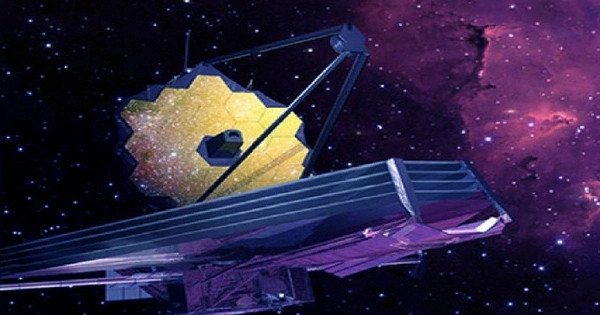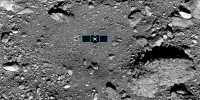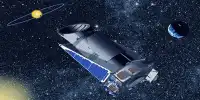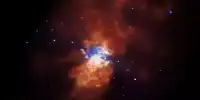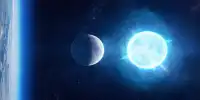The JWST has arrived at L2, the position from which it will display the universe to us. It has been a long voyage, with a dozen setbacks before it ever got to the launch pad. Unfortunately, we will have to wait months before seeing the first photographs of the first stars and close exoplanets that the telescope will return, as precise mirror alignments currently made. L2 (Sun-Earth Lagrange Point 2) is one of five points where the Earth’s and Sun’s gravitational forces cancel out the force of a satellite’s motion, resulting in a stable location relative to the Earth.
Being near L2 has the advantage of having the Sum, Earth, and Moon all in one direction, guaranteeing that the shields only need to aim one way to block out their radiation for a telescope like the JWST. Technically, rather than operating in L2, the JWST will revolve around it, which is a far more manageable orbit.
Although the orbit around L2 is not as crowded as low-Earth orbit (at least not yet), the JWST will have some company in the shape of extant or former WMAP, Herschel, and Planck space observatories. NASA engineers never intended to deploy the JWST around L2 in a single step since even a tiny overshoot would have been fatal. Before delivering the final nudge, the plan was to send it into a lower orbit so that its sun-shields and mirrors could open securely.
The extra fuel burn increased its orbital velocity by just 1.6 meters per second (5.8 kilometers per hour or 3.6 miles per hour), which was enough to propel it to a distance of nearly a million miles (1.5 million kilometers) from Earth and allow it to orbit the Sun rather than the Earth. The procedure designed to utilize as little propellant as possible, because every little left over can used for the corrections that will be required from time to time to balance the Sun’s radiation pressure.
The JWST’s expected operating lifespan doubled thanks to an extraordinarily efficient launch that utilized less propellant than expected. “Welcome back, Webb!” In a statement, NASA Administrator Bill Nelson said. “Congratulations to the entire team for all of their efforts in making Webb’s arrival at L2 today a success. We one-step closer to solving the universe’s secrets. And I’m looking forward to seeing Webb’s first new universe views this summer!”
